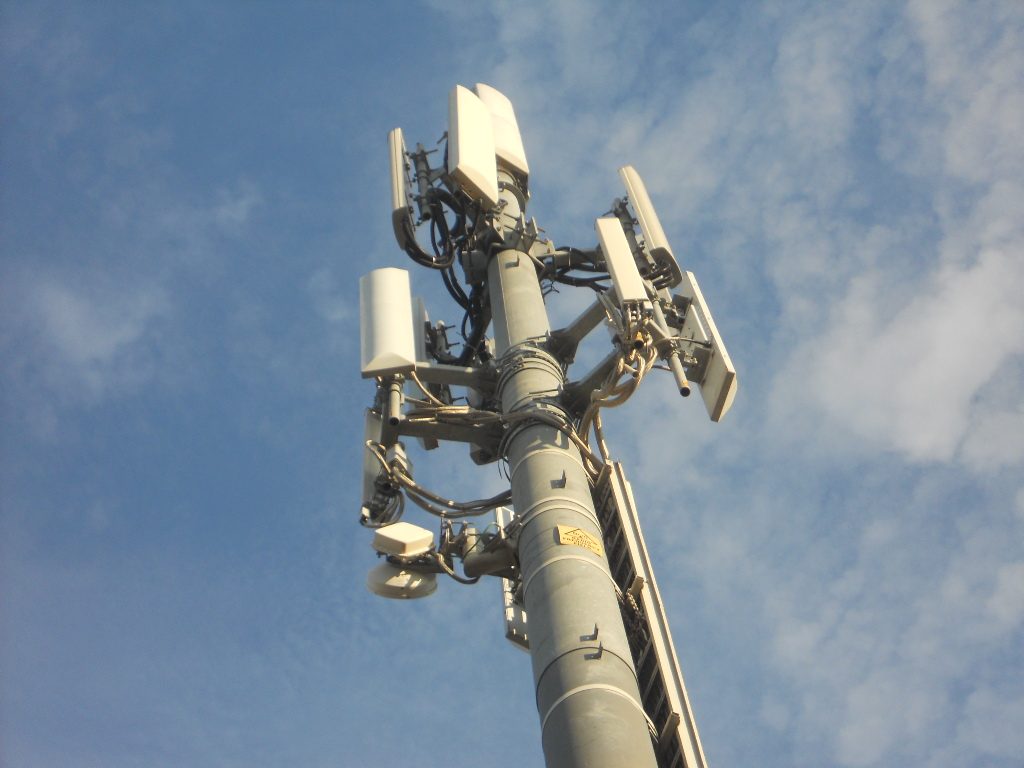The health consequences of the 5G radiation are being debated, however one study has suggested the connection between RF radiation and cancer in male rats. The study was classified up until it was taken off the list in 2012 by the Central Intelligence Agency, but it has proven that radiofrequency may cause cancer in animals, which includes humans. In the study, researchers exposed male rats to radiofrequency for 15 days and found that they developed the same kinds of cancers that humans do.
Health impacts of 5G radiation
While the rapid growth of wireless communication is causing the creation of 5G systems however, there is a growing concern regarding the health effects of 5G radiation. While higher frequencies do not penetrate the body as deeply as previous technologies, researchers have pointed to possible systemic impacts and are calling for further research. To ensure that people are protected and protected, it is the European Commission is requesting independent studies to determine if the technology poses any health hazards.
It is vital to realize that there's a large amount of misunderstanding about 5G's effects on health, and it is essential to dispel any doubts that remain. Although 5G isn't yet widespread however, there are plenty of people who are being told it might cause health problems, most often through social media, where sensational words are used.
Beamforming does 5g emit radiation
Beamforming is one of the most crucial technologies used in the 5G wireless networks. It is a technique which makes use of multiple radiating elements to create a narrow beam. The aim for beamforming is minimize the amount of unwanted radiation in the signal that results. This method is widely employed for wireless communications systems, and is essential for 5G's cost-effective coverage.
The method is based on electronically weighting the individual signals of each antenna. This results in the smaller beam of radiation which improves cell coverage indoors and near the cell's edges. This technique is important since poor coverage could lead to lower user satisfaction. In addition to improving the signal, beamforming reduces the amount of interference that a user encounters from other devices.
Power density
The power density of 5G electromagnetic radiation coming emanating from towers on cell phones will be similar to the previous generation of 4G and 3G systems. A reason that lower density is the sensitivity of electronic components. The maximum radiation output of a 2G handset was about 2 Watts, while that of the 4G model was around 200 milliwatts.
The power density is the amount of electromagnetic energy that is absorbed by the body from a particular distance. Power density for 5g radiation is typically expressed in watts per square metres. Contrary to the SAR measurement the power density measurement is actually a measure of the quantity of electromagnetic energy in a given space. Click to find out more for power density may differ for wearables and mobile devices according to their operating frequencies and distance.

Specific absorption
The Specific Absorption Ratio (SAR) can be described as a parameter that determines the speed at which a certain frequency deposits power into human tissues. In general, the SAR number should not exceed two Watts per kilogram of body mass. This value is derived by the electrical field in tissues as well as the mass density, which is measured as kilograms for each cubic meter. It was recently applied to the proposed antenna design.
The latest radio technologies that make up the 5G system operate in frequencies that are lower than 6 GHz. These frequencies are referred to in millimeter waves. However, The FCC's SAR compliance program is only applicable to frequencies of up to 6 GHz. Furthermore to that, the SAR test demands that measurements be conducted using phantoms that contain tissue simulating medium.
5g towers radiation have no information on the impacts of 5G radiation in the body. The existing knowledge is limited because of the absence of in-vivo studies and theoretical models. However, there is an urgent need to conduct more studies on the impacts of 5G radio frequency radiation on human skin. Utilizing 5G radio frequencies may cause damage to the skin specifically to the epidermis which is an extremely sensitive organ.
In contrast to 4G, 5G radiation is one of the highest frequencies that has been shown to increase the temperature of human body tissues. Human bodies are dipolar, and the higher frequency of 5G radio waves will cause heat in the skin. Exposure to 5G radio frequencies can also affect other organs in the body, such as the brain.
